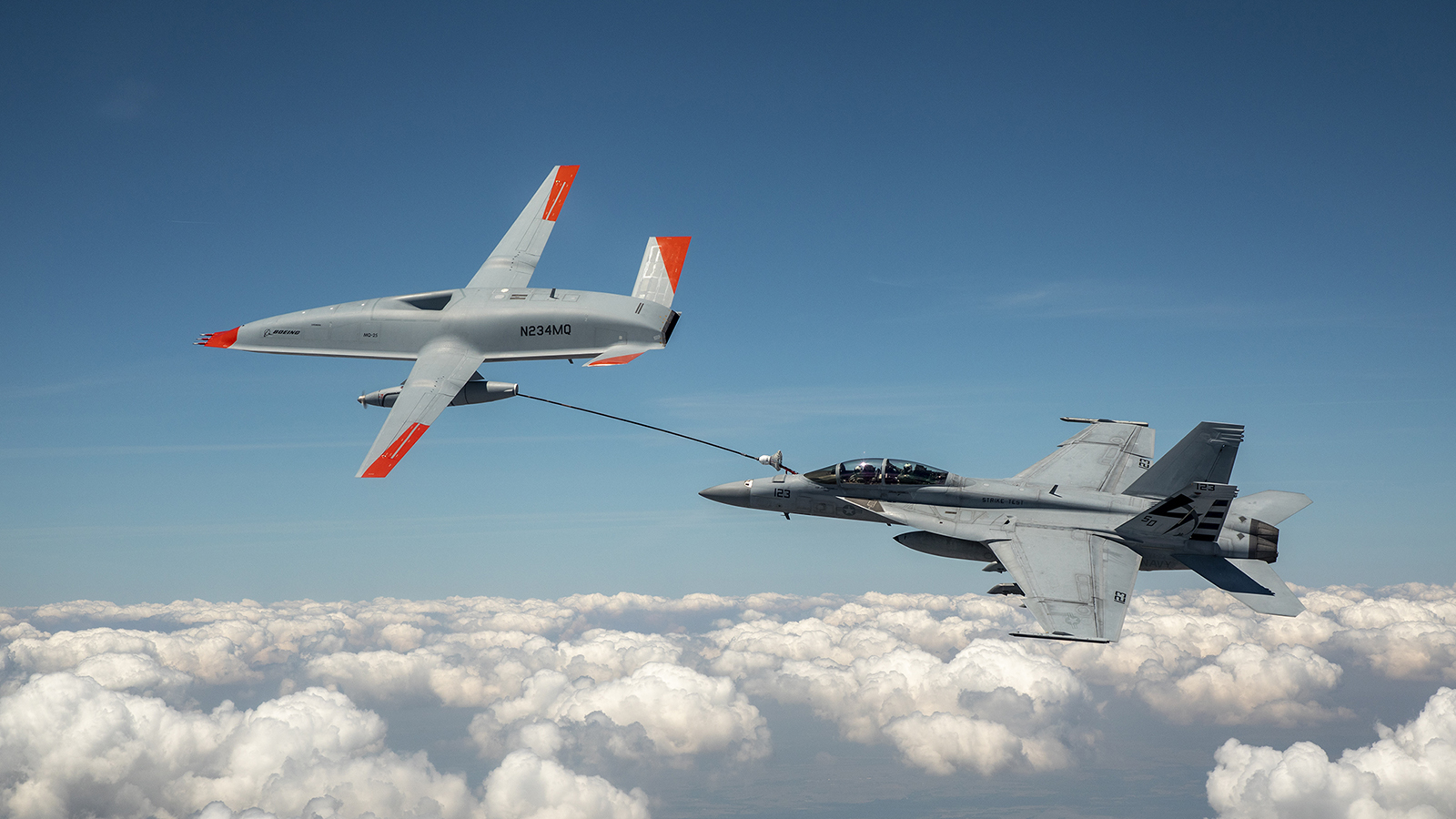Stay Up to Date
Submit your email address to receive the latest industry and Aerospace America news.
The Modeling and Simulation Technical Committee focuses on simulation of atmospheric and spaceflight conditions to train crews and support design and development of aerospace systems.
In August, Washington D.C.-based Supernal, in collaboration with the University of California, Berkeley, released details of VertiSim, a simulator designed to evaluate electric vertical takeoff and landing transportation networks. VertiSim can assess a diverse set of operational scenarios, encompassing varying fleet sizes, vertiport distances and parking pad setups and compute tradeoffs in passenger delay time, operational expenses and fleet utilization through comprehensive modeling of the intricate interdependencies inherent to urban air mobility systems. By striking a balance between passenger service quality and operational efficiency, VertiSim could help stakeholders make well-informed decisions regarding fleet size, network design and infrastructure development.
Mosaic ATM of Virginia, along with Smart Sky Networks of North Carolina and GE Aerospace of Ohio, flight tested the Cloud Flight Management System in June in Florida. The CFMS is a digital twin of a flight management system residing in a cloud-based computing environment. The system knows both the current state of an aircraft (including sensitive parameters, such as its weight) and, as it exists in a cloud computing environment, the entire state of the National Airspace System. Combining this information allows the CFMS to make quick decisions that are then passed to controllers and/or pilots for review. The live flight tests verified data exchanges and key CFMS functions but uncovered some new issues for future consideration. Flight test data revealed that reroutes requested by either a flight crew or controller, mediated by the CFMS, were completed within three minutes, including human reaction time to the CFMS-generated reroutes, as compared to an estimated eight minutes or more without the CFMS computations.
In April, the Aerial Refueling Systems Advisory Group held its annual conference in Orlando, Florida. There were several papers presented on aerial refueling dynamics, fuel system simulation and autonomous aerial refueling. Of particular interest was the paper “A Modeling and Simulation Framework for Smarter Testing of Aerial Refueling Systems” by Ian Fialho of Boeing that discussed modeling and simulation standards for these mission-critical subsystems. The paper outlined an interface standard for the integration of aerial refueling models into a flight simulation environment, achieving a plug-and-play capability that could be shared across multiple vendors and platforms. The U.S. Defense Department’s Defense Technical Information Center published the standard and supplemental updates on its website. It is the first set of modeling and simulation standards created in this domain.
Crown Consulting of Virginia, in partnership with George Washington University and several industry consultants in heliport infrastructure, received a $750,000 Small Business Innovation Research Phase II award from NASA in July to develop the Vertiport Human Automation Teaming Toolbox. V-HATT is designed for real-time human-in-the-loop simulations for vertiport arrival, surface and departure operations on the airside of a vertiport. Human-machine teaming is a core component of V-HATT, and the simulation toolbox will be designed to capture various teaming strategies with differing degrees of automation. The objective is to provide guidance to researchers, operators, manufacturers and infrastructure developers for realistic operational bottlenecks and vertiport capacity considerations for human roles.
In March, NASA announced University Leadership Initiative Round 6 awards totaling $25.1 million to four teams led by New Mexico State University, Boston University, the University of Notre Dame and Tennessee Technological University: a Mobility-Energy-Coordinated Platform for Infrastructure Planning to Support Advanced Air Mobility Aircraft Operations; Safe, Low-Noise Operations of Urban Air Mobility in Urban Canyons via Integration of Gust Outcomes and Trim Optimization; A Safety-Aware Ecosystem of Interconnected and Reputable Small Unmanned Aerial Systems; and Carbonless Electric Aviation.
Contributors: Gano Chatterji, Ian Fialho and Fred Wieland
Stay Up to Date
Submit your email address to receive the latest industry and Aerospace America news.




